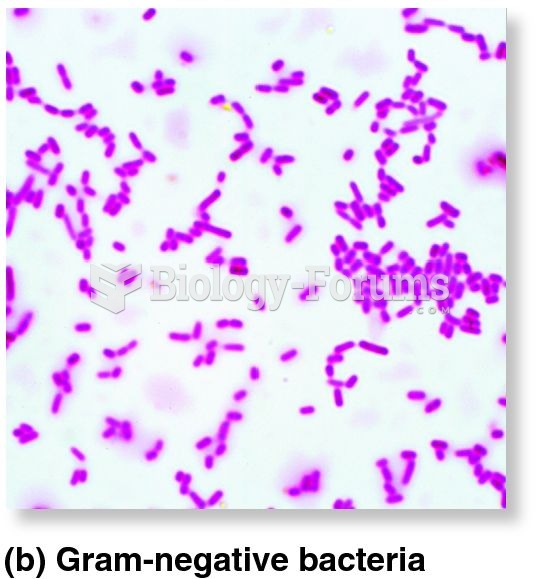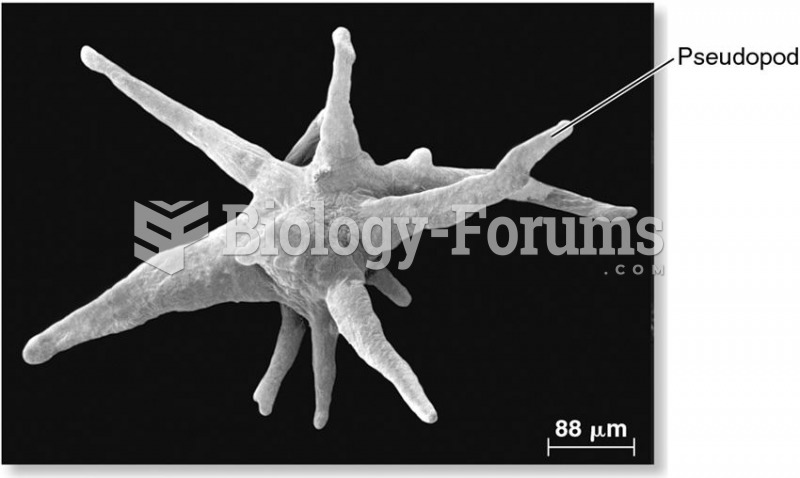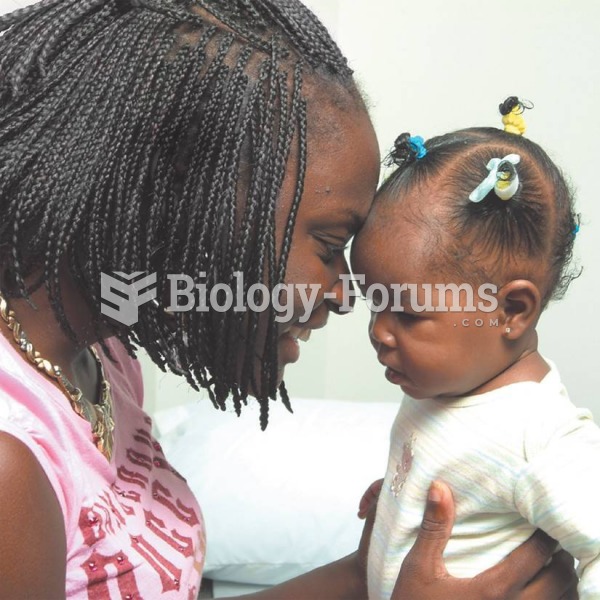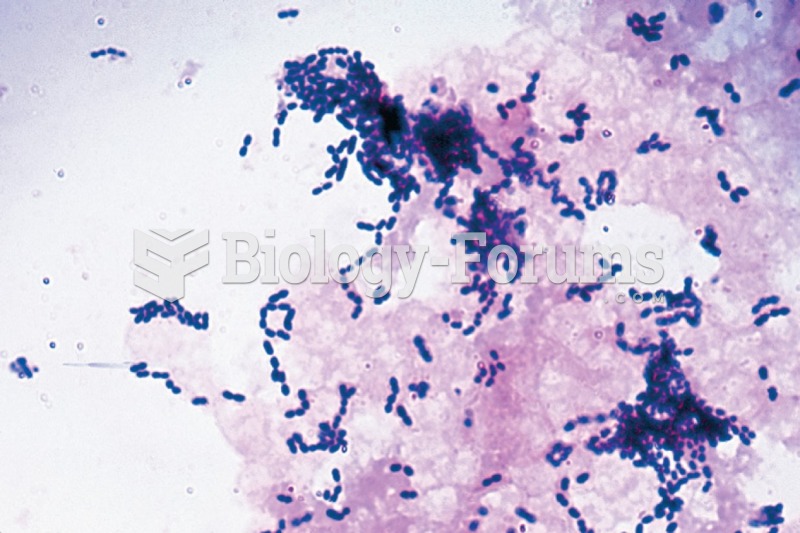|
|
|
The human body produces and destroys 15 million blood cells every second.
In 1886, William Bates reported on the discovery of a substance produced by the adrenal gland that turned out to be epinephrine (adrenaline). In 1904, this drug was first artificially synthesized by Friedrich Stolz.
The average older adult in the United States takes five prescription drugs per day. Half of these drugs contain a sedative. Alcohol should therefore be avoided by most senior citizens because of the dangerous interactions between alcohol and sedatives.
The Romans did not use numerals to indicate fractions but instead used words to indicate parts of a whole.
According to the FDA, adverse drug events harmed or killed approximately 1,200,000 people in the United States in the year 2015.







